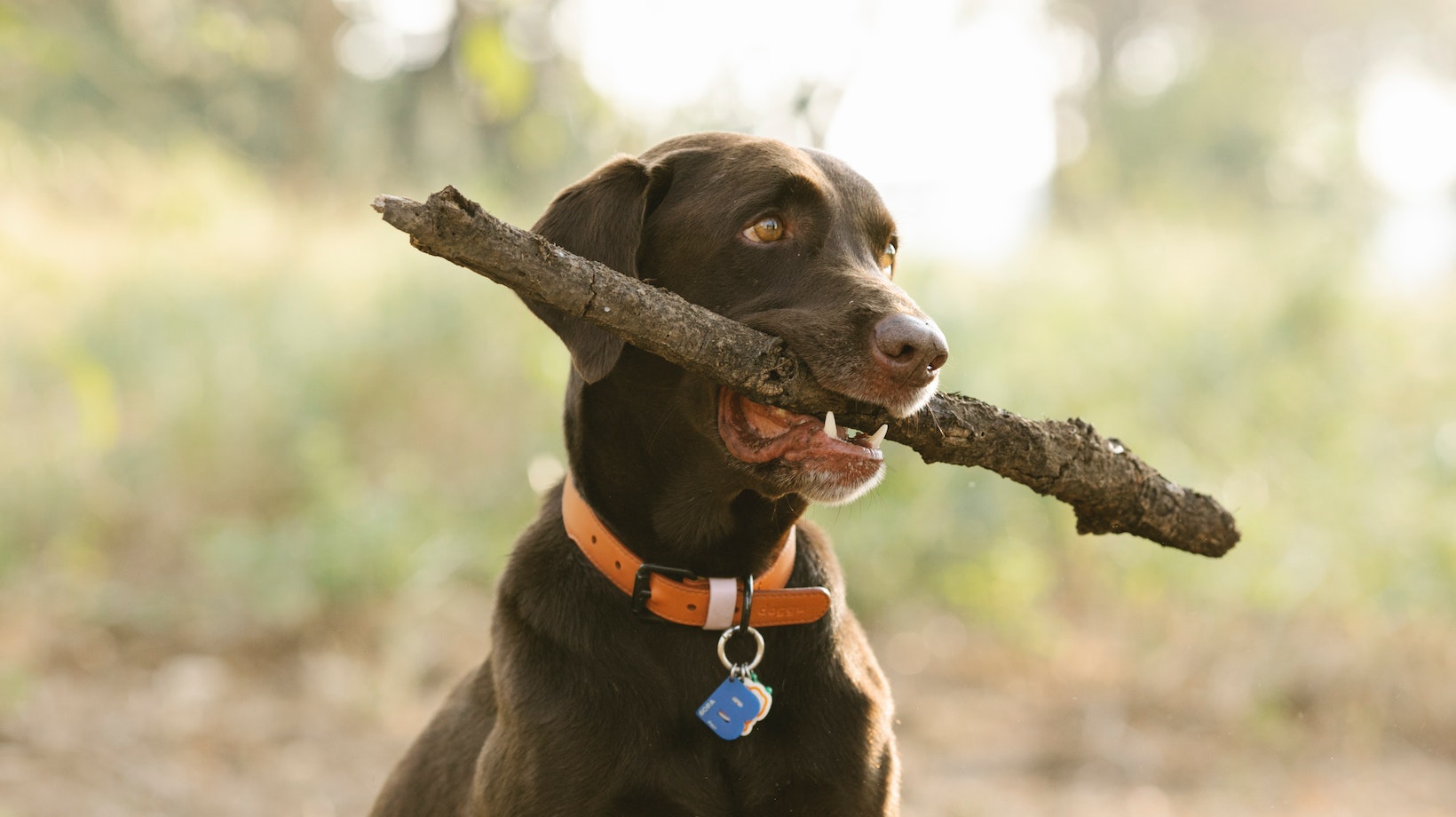How To Get Your Dog To Be A Therapy Dog
Getting your dog to be a therapy dog can be a rewarding and fulfilling experience for both you and your furry friend. Therapy dogs play an important role in providing comfort, support, and companionship to individuals in need, whether it’s at hospitals, nursing homes, schools, or other settings. If you’re wondering how to get your dog to be a therapy dog, here are some steps you can take.
Firstly, it’s crucial to ensure that your dog has the right temperament for therapy work. Therapy dogs should be friendly, well-behaved, and comfortable around different people and environments. They should also be able to remain calm in various situations. Consider enrolling your pup in obedience classes or working with a professional trainer to reinforce good behavior and socialize them with different experiences.
Training For Therapy Dog Certification
Becoming a therapy dog is not only a rewarding experience for your furry friend but also an opportunity to make a positive impact on the lives of others. However, it’s essential to understand that achieving therapy dog certification requires dedication, training, and commitment. In this section, we’ll explore the different types of therapy dog certifications, finding the right training program for your dog, and the importance of socialization and exposure exercises.
Different Types Of Therapy Dog Certifications
- Therapy Dogs International (TDI): TDI is one of the largest organizations providing certification for therapy dogs. Their testing evaluates a dog’s behavior around strangers and in various environments.
- Alliance of Therapy Dogs (ATD): ATD offers comprehensive testing and certification for dogs who exhibit good manners and demonstrate comfort interacting with people in hospitals, schools, and other settings.
- Pet Partners: Pet Partners focuses on evaluating both handlers’ skills and their dogs’ behaviors during visits to healthcare facilities or other designated locations.
Finding The Right Training Program For Your Dog
To prepare your four-legged friend for therapy work, enrolling them in a reputable training program is crucial. Look for programs that focus on teaching obedience commands such as sit, stay, come, down, and heel. These basic commands form the foundation upon which more advanced skills can be built.
Additionally, consider trainers who specialize in therapy dog preparation or have experience working with service animals. They can guide you through specific exercises designed to improve your dog’s social skills and ability to remain calm in various scenarios.
Remember that patience is key during this process. Each dog learns at its own pace; some may progress quickly, while others may require more time and practice. Stay consistent, provide positive reinforcement, and celebrate small victories along the way.

Preparing For Therapy Dog Evaluations
Start with basic obedience training: Before embarking on therapy dog training, ensure that your dog has mastered basic obedience commands such as sit, stay, come, and heel. This foundation will make it easier for them to learn more advanced skills.
- Assess your dog’s temperament: Therapy dogs need to have a calm and friendly demeanor. They should enjoy being around people and not exhibit aggressive or fearful behavior. If your dog is naturally sociable and well-mannered, they may be a good candidate for therapy work.
- Choose the right training program: Look for reputable organizations that offer therapy dog certification programs. These programs typically include evaluations of both you and your dog’s abilities as a team. Enroll in classes or workshops that focus specifically on preparing dogs for therapy work.
- Expose your dog to different environments: To help prepare them for the variety of settings they may encounter as a therapy dog, expose your pup to different environments early on in their training journey. Take them on outings to parks, schools, nursing homes, or other places where they can interact with new people and experiences.
- Practice positive reinforcement techniques: Use positive reinforcement methods like treats, praise, and playtime to reward desired behaviors during training sessions. This will help create a positive association with their role as a therapy animal.
- Maintain regular socialization: Even after achieving certification as a therapy team, ongoing socialization is crucial for maintaining their skills and ensuring they remain comfortable in various situations. Continue to expose your dog to new environments, people, and experiences to keep them well-rounded.
Remember, not all dogs are suitable for therapy work. It’s important to assess your dog’s individual temperament, abilities, and comfort levels before pursuing therapy training. And always prioritize their well-being and happiness throughout the process.
By following these steps and investing time and effort into your dog’s training, you’ll be on your way to potentially making a positive impact in the lives of others as a certified therapy dog team. Good luck on this exciting journey with your four-legged friend!